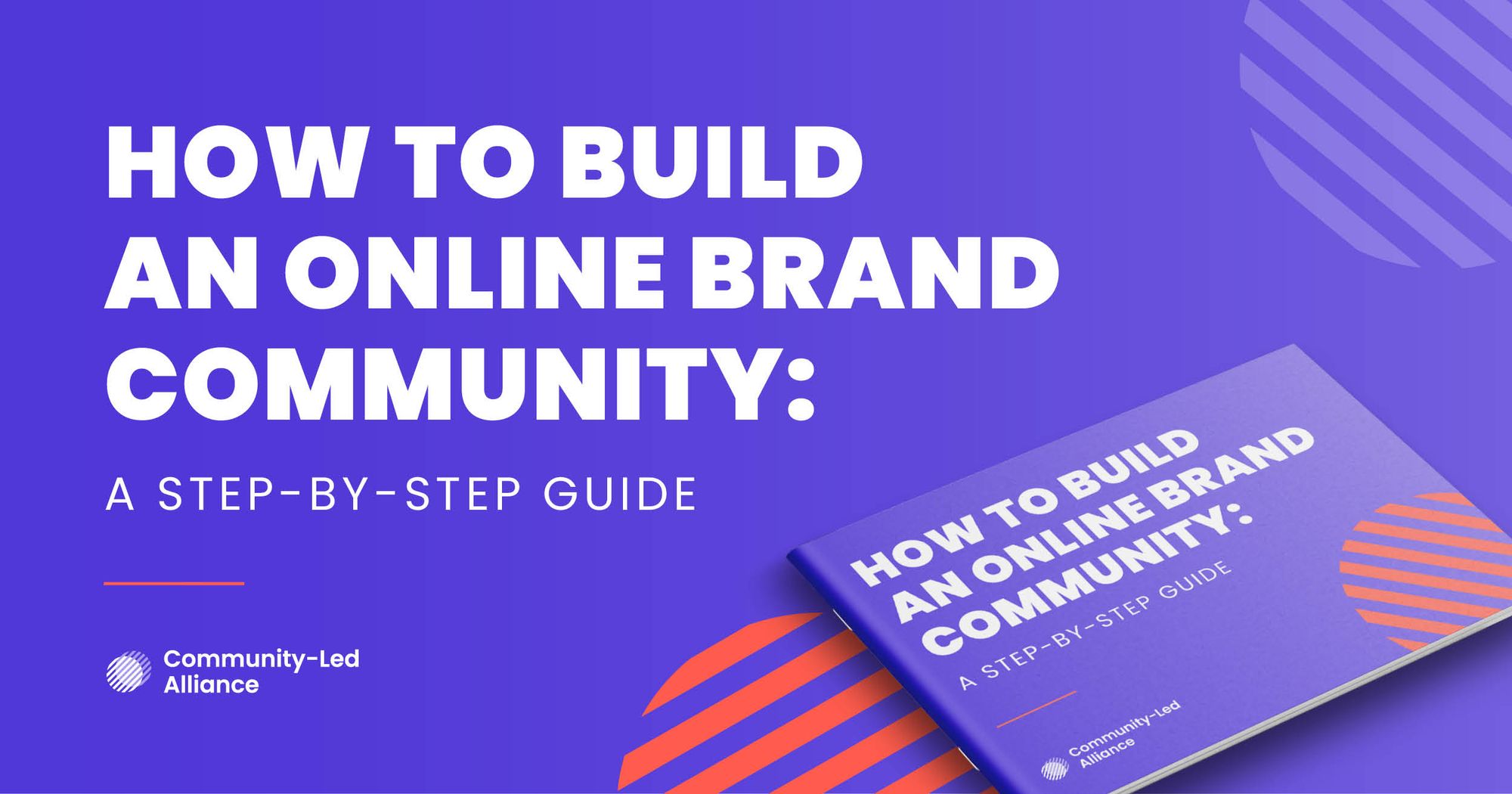Everywhere you look, be it newsletters, LinkedIn, or conferences – everyone's offering the latest new "fix" for your business, each promising to make your revenue soar, or to retain your customers like never before.
This is because businesses are constantly looking for new ways to stand out from the crowd and build a loyal customer base. And yes, one particular strategy that has gained traction in recent years is the community-led growth (CLG) approach.
We've used this rather novel business approach at The Alliance, putting the needs of our community members first. We've been able to create strong bonds and foster long-term growth with our 15 different niche communities.
In this article, I’ll explain why a community-led approach is so valuable, but also explore why it's a strategic investment that won't magically solve your retention and revenue problems overnight.
Let's dive in. 👏
P.S. I also spoke about this in an episode of our Inside CLA podcast, which you can check out below.
What is a community-led approach and how does it work?
Being community-led is a long-term strategy that focuses on building trust and delivering value to a specific group of people or demographic.
In order to achieve this, you need to be the supplier of elite, helpful content to a community of people over an extended period of time. The idea is to deliver true value that's also free, which can take the form of sharing great ideas, templates, frameworks, or any other content.
Community members take value from each other by sharing their knowledge and resources. Over time, this builds trust and loyalty among members, and they become more receptive to potential new sales, upsells or cross-sells from a company.

Identifying opportunities for community-led growth
Identifying the right opportunity for community-led growth is crucial, and it starts with doing market research to understand the total addressable market. This involves speaking to potential customers and understanding what's missing for them.
Creating a community for a specific demographic of people shouldn’t be done as a quick-fix solution to generate leads or revenue. It's a long-term play that requires full-time resources and investment.
To start, companies can create small meetups or free Slack communities to test the waters and gauge interest in a particular topic or interest. If there’s traction, it's an indication that there’s a need for a community-led approach in that space.
Community-led growth requires proper commitment and resourcing. It's important to have someone managing the community full-time, not just someone doing it for a few hours per week. This person should be dedicated to building trust and delivering value to the community members, which takes time and effort.
Why value and content are so important for a community-led approach
As someone who has significant experience in building communities, I can tell you that having great value and content is absolutely essential.
At The Alliance, our content team is close to 20 people. This is very different from a lot of organizations, but it’s something that we feel is critical to our success.
When we launch a community, the first hire we make is usually content. This might seem surprising, but it's because we understand that without great content, we can't deliver good value for the community that we're building.
As a content team, our goal isn’t to create five blogs and have them on the first page of Google in the space of a week or a month. Instead, we focus on the long-term play of delivering value to a community that eventually trusts us enough to pay for something.
This is why being content-led is so important in our community-led approach, and why we invest heavily in it right from the start. We want to deliver consistent and useful content that resonates with our community and helps build strong customer loyalty over time.

3 mistakes to avoid when launching a community
Launching a community is a challenging task that requires proper planning, investment, and commitment. Many businesses fail to create a thriving community because they make common errors. In my experience, these are the biggest mistakes you can make when launching a community.
Scaling too quickly
One of the biggest mistakes that I’ve made in the past is trying to scale too quickly. Whenever I saw an opportunity for a community, I’d launch a brand or a website and then try to resource up to fill that need. This approach caused issues because we couldn’t deliver the necessary value to the community.
The problem with scaling too quickly is that you might not have enough resources to handle the growth. It could lead to customer support issues, customer success issues, or product issues. You need to invest in backend staff, marketing, sales, and everything else to create a thriving community.
Not investing in your people
As a CEO, you need to invest in your employees and have an infrastructure in place to ensure that they’re happy and satisfied.
Investing in your employees is critical for maintaining a great culture in your business. You need to have great benefits as well as career progression plans in place to ensure your employees understand where they can go with your business. Without happy people internally creating communities, it's challenging to scale quickly.
Not investing in infrastructure
I’ve previously tried to scale every other department too quickly without having great finance, operations, and people teams in place. Investing in infrastructure is critical for ensuring that you can scale quickly without losing your employees.
There’s a critical point in a business's growth when you have around 100 people, and you need to invest in that back-end stuff to make sure you can continue to scale quickly.
Having great culture, career progression plans, and levels for people is fundamental at that stage. If you don't do that, you can fall apart really quickly.

Top advice for executing a community-led approach
One of the keys to success is to truly believe in what you're doing. If you're not passionate about your product or service, it’ll be difficult to build a community around it. People can tell when you're not genuine, and that’ll make it difficult to build trust and loyalty within your community.
Investing in the people who’ll support your community-led growth approach is another crucial factor. This means hiring the right people to lead your community efforts and providing them with the resources they need to succeed. These individuals should have a deep understanding of your target audience and be able to connect with them on a personal level.
Another important aspect of a community-led approach is providing true value to your audience. This means giving away great information for free, without trying to constantly sell your product or service. By providing value without constantly pushing sales, you can build trust and establish yourself as an authority within your industry.
Ultimately, a community-led approach is a long-term play that requires true investment. It's not a quick fix, but it can be incredibly rewarding if done correctly. By believing in what you're doing, investing in the right people, and providing true value to your audience, you can build a loyal community that’ll be willing to support your business for years to come.





